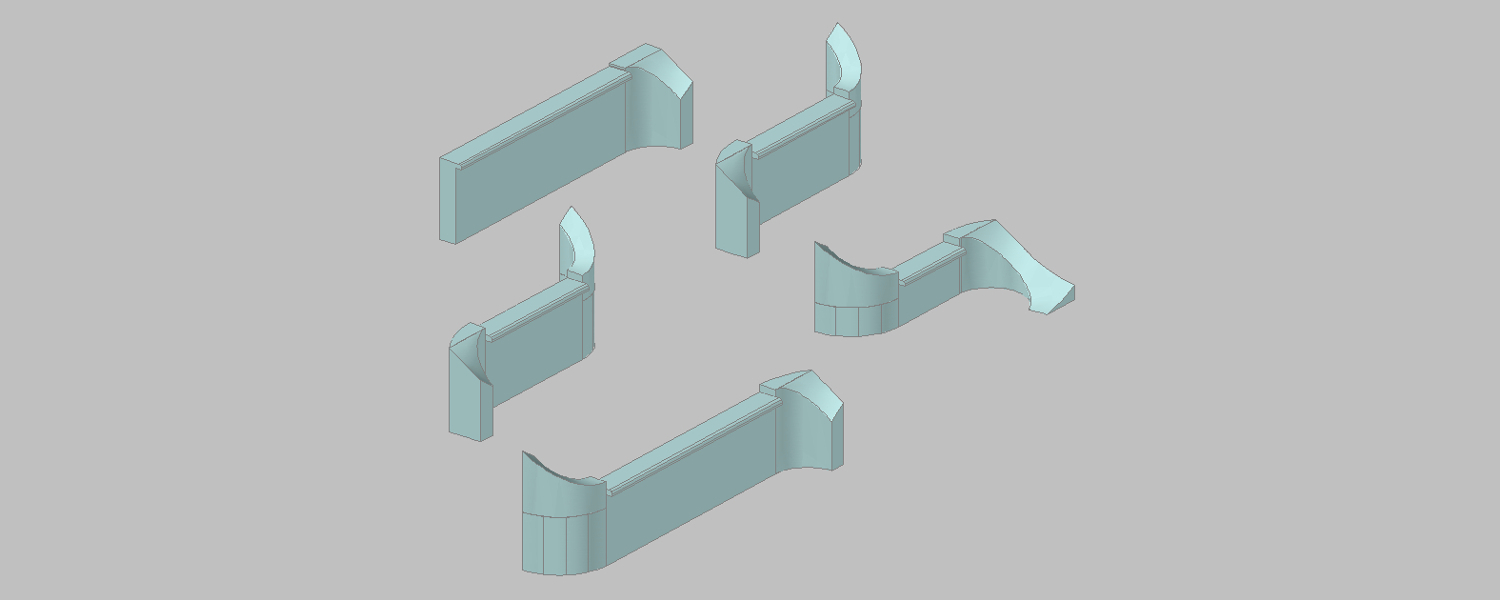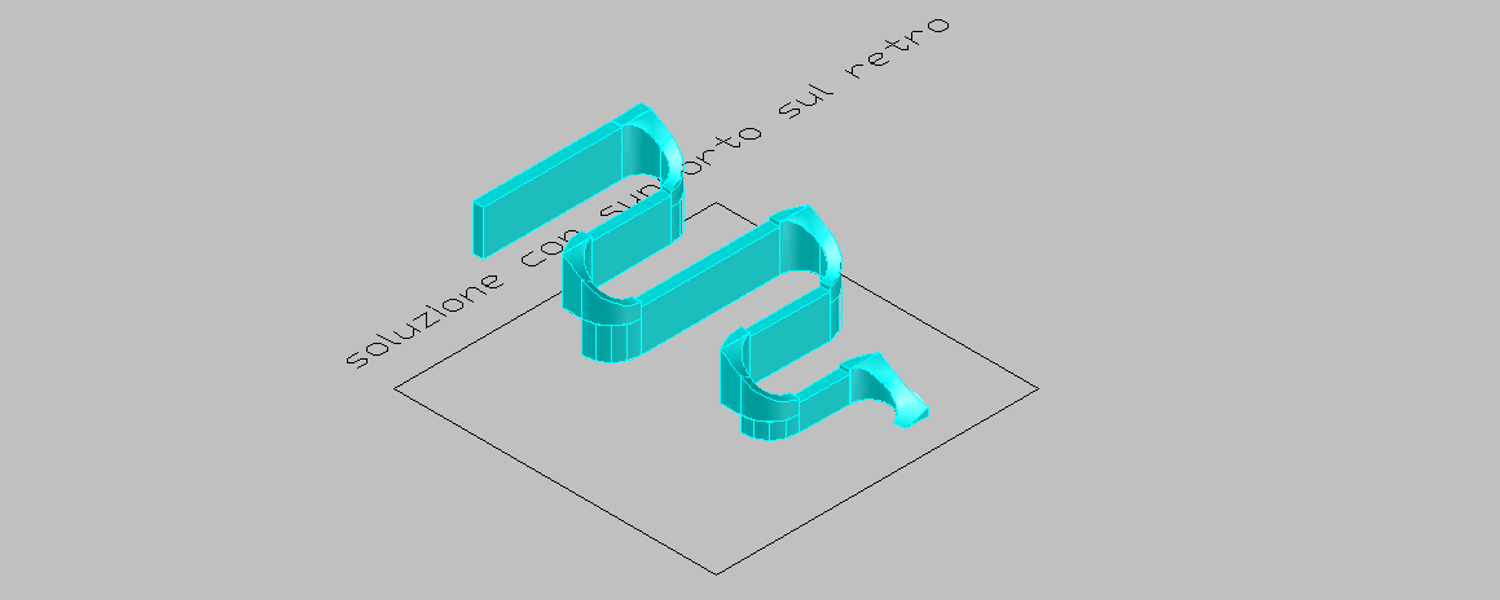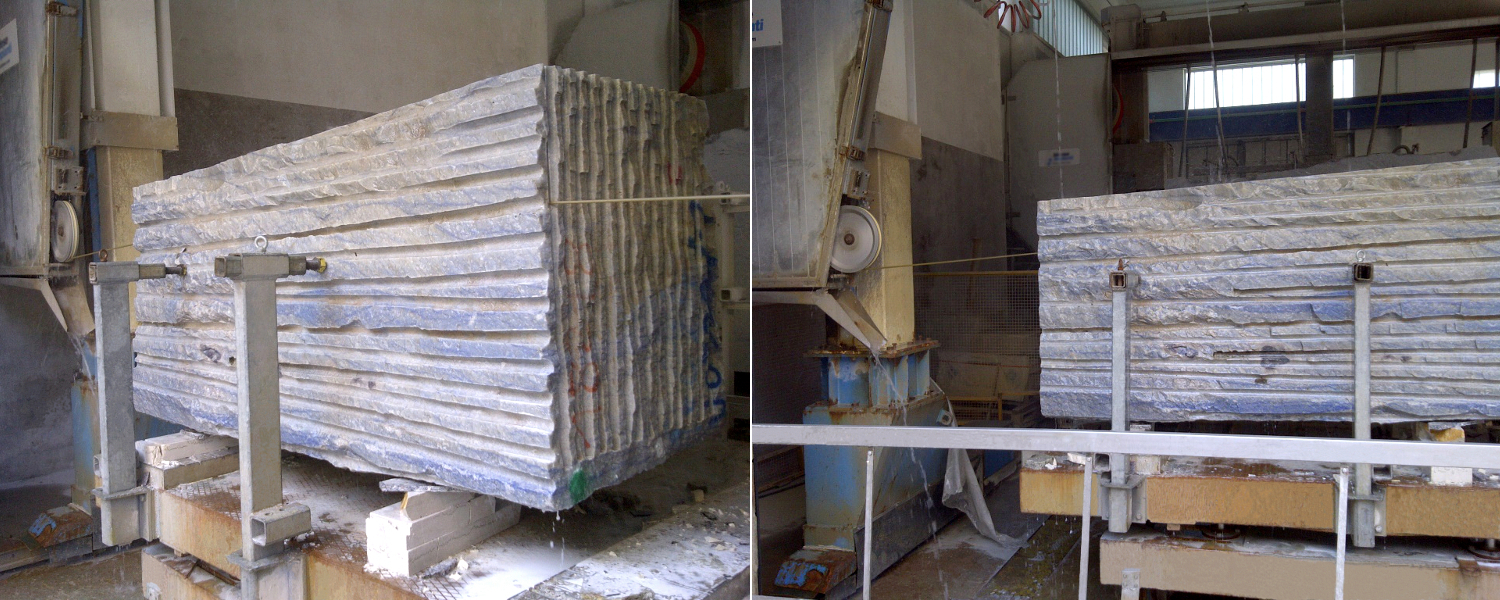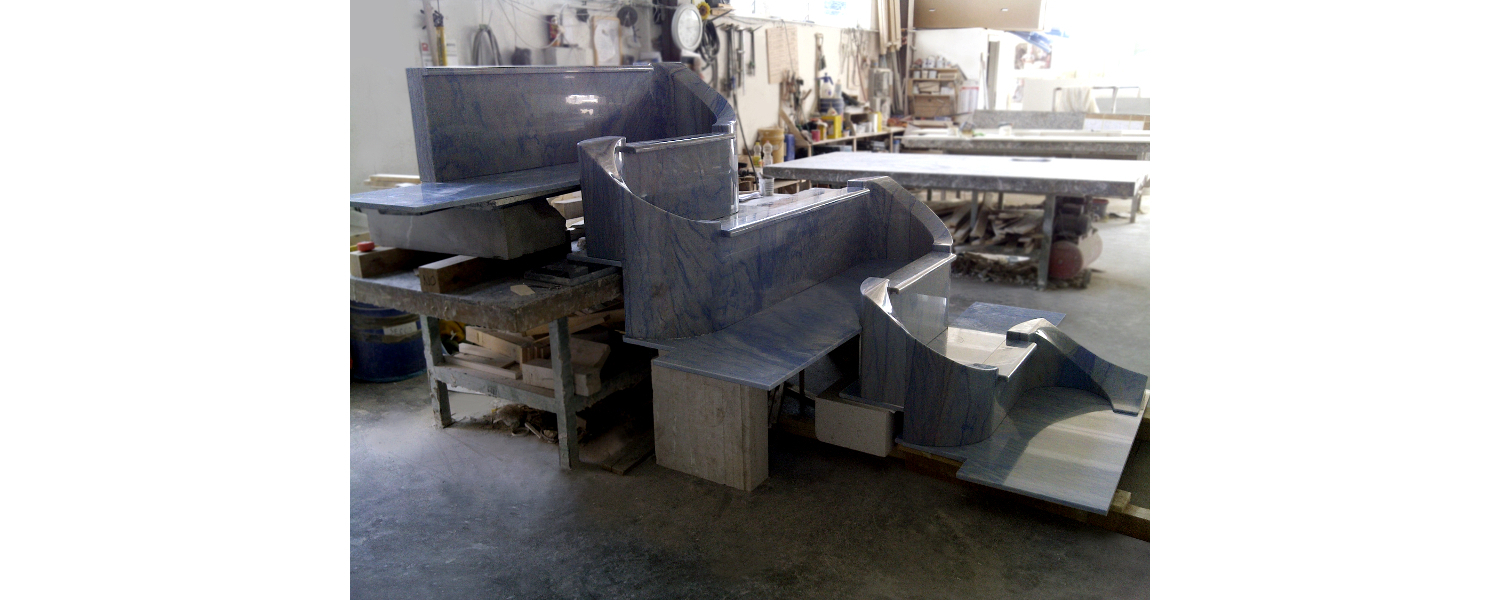Skills and in-house technology for a complex job








The ability to complete a complex task successfully lies in the merger of several factors, which can be summed up as experience, skill and technical know-how. For some jobs, for which the control of the entire production process becomes vital for the compliance with the quality standards set, the ability to manage every step of the job in-house proves to be strategic. A specific corporate decision, based on careful consideration of technology as a must-have companion to craftsmanship skills, led our company to invest, year after year and without interruption, in cutting-edge machinery and tools for the detection, design and processing of stone and marble, while concurrently ensuring our staff are given continuous top-quality training.
This extensive and long-term vision today allows us to manage the most complex tasks completely independently, without outsourcing any part of the product life span, speeding up production time frames and minimising costs and waste.
An explanatory illustration of our skills and technical and production exhaustiveness can be found in this fountain in Azul Macaubas, a key feature in the outdoors of a private villa in Europe.
The material the architect picked out, affording eye-catching patterns and a beguiling colour, came with two characteristics which were not simple to manage, yet which we saw as opportunities to use our machinery to their utmost potential. Macaubas is a very hard granite to cut and process, and it is extremely expensive, so containing wastage is very important as early as the design phase, and the successful outcome of each processing step is of fundamental importance, since repeating even the smallest element is economically infeasible.
The block was picked out from a large selection with the help of our experts, and it was cut into slabs and thicknesses using a diamond wire, which we subsequently also used to shape the multiple curved parts that make up the fountain. The use of this machinery instead of traditional mills or shaping machines is of primary importance at this stage, since it is the tool that allows the highest yield in terms of waste containment, which would otherwise be much higher, in the order of ten times more.
The slabs were cut with different machinery depending on the piece to be achieved. We used bridge cutters for orthogonal cuts and water-jet machinery for curved shapes, obtaining through the combined use of both techniques a much higher exploitation of the slab than if we had applied one of the two techniques alone.
We used different machines for the thicknesses too, concentrating in this case on the speed and cost-effectiveness of shaping. For more complex pieces, we used CNC 5-axis machines, which are extremely versatile and comprehensive in their processing abilities; for more simple pieces, we used CNC 3-axis machines which have a lower hourly cost.
To finish the flat pieces, we used our own calibrating and polishing line, whereas we used an ultra-modern latest-generation edge-polishing machine to process the straight thicknesses.
The impeccable expertise of our craftsmen can be seen in the final part of the job, which involved harmonising the hand-finished pieces with those produced by the machinery, for the spectacular overall effect which can be seen in the pictures attached.
The choice of machinery to keep in-house has always been made according to the technical characteristics and reliability thereof. It is therefore quite a pleasure to realise that all the machinery used in this job, except for one, was designed and built in Italy.
01/06/2012
Private customer
Residential - Exteriors
Want to know more about our projects? Send us a message!

© Copyright 2017 Bevilacqua Marmi Srl - P.IVA 00793120247 - REA VI 161489 - Share Capital Euro 100.000 fully paid
Privacy Policy | cookie policy | credits
Share